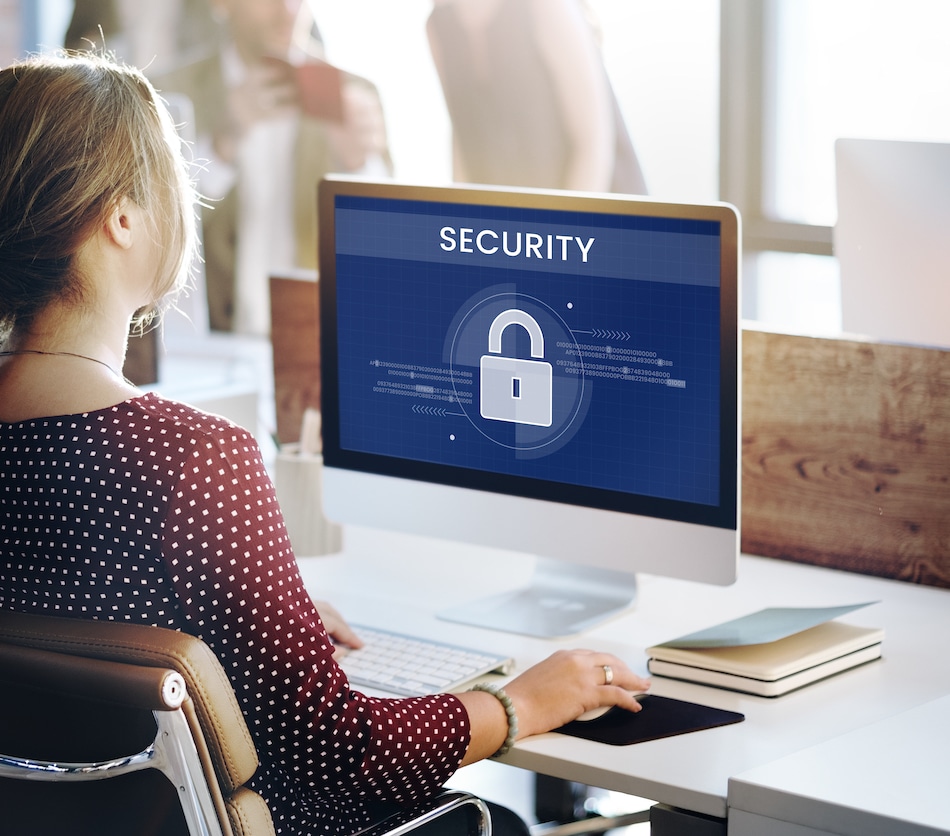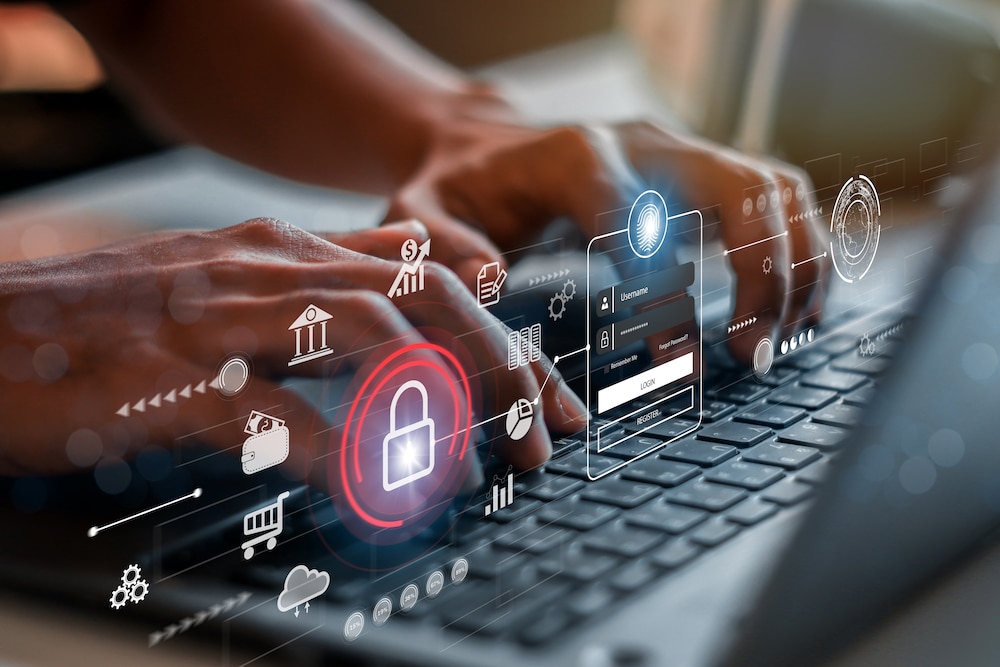Key Takeaways
Whether it’s e-bicycles, electric cars, or e-scooters, the first and last-mile transportation industry is booming—but e-scooters undoubtedly top the list of favorites. Plenty of cities worldwide have jumped on the micromobility wave, which coincidentally opens the door for plenty of exposure for operators, as well. In this post, we review some of the prominent risks e-scooter operators face, plus how to reduce some of these vulnerabilities.
Micromobility Safety Review
Bustling cities often create ongoing traffic congestion, leaving individuals dealing with issues covering those first and last few miles to their destination. Thus, micromobility was born.
Now, micromobility companies—Lime, Jump, Scoot, Skip, Bird, etc.—cover the US. What’s more, is that these businesses are evolving and developing at a rapid pace. Keeping up with the safety protocol for both sides of the market is challenging.
Source: MapHub – Dockless Vehicle Map
Not only are city governments attempting to navigate new issues surrounding this industry, but local government is also facing safety and privacy risks for which there are few guidelines. Many cities are opting for trial periods or embarking on pilot programs to feel out the market. For example, Chicago just wrapped up its e-scooter trial period in October 2019.
With new modes of travel available, tens of thousands of individuals choose to replace cars or ride-hailing for the first or last mile with more convenient and eco-friendly transportation. Naturally, this heightened attention e-scooters are garnering forces questions of safety.
It’s no surprise, then, that most cities piloting e-scooter programs held them to a higher standard than other forms of transportation. Questioning and doubting innovative technology is only natural, after all. According to Bird, however, e-scooters injury rates are similar to bicycling.
That said, the shift from cars to e-scooters is proving to be more economical and also much safer, too. In 2018, over 6,000 pedestrians were killed by vehicles. E-scooters are replacing nearly 30% of those car trips, which is helping to lower fatalities. In less than 0.01% of all trips, Bird reported operator and pedestrian injuries were sustained—which are better stats than either vehicles or bikes. Still, e-scooter operators must face unique risks.
Risks E-scooter Operators Face
To better understand what vulnerabilities e-scooter operators deal with, one of our micromobility clients kindly offers insight into this industry. ACTON is a micromobility focused company with products, such as M PRO e-scooter, NEXUS e-bike, BLINK electric skateboard, RocketSkates (featured on SharkTank) and more.
In the context of e-scooter safety, Founder Shield and ACTON teamed up to identify some of the most significant risks operators face today, which include:
Accidents
Cars remain the most significant threat to e-scooters, although secure data surrounding the number of incidents is still unknown. However, misplaced e-scooters and irresponsible drivers threaten pedestrians, too.
Because e-scooters are accessed using apps, riders don’t have to return them to a specific docking station. Tripping over an e-scooter strewn across the sidewalk is no one’s idea of fun—but it happens.
What’s more, it doesn’t matter the company—Jump, Lime, Spin, etc.—riders must “treat micromobility with responsibility and care,” according to ACTON. Bird even has “Bird Watchers” to ensure riders are following regulations instead of thoughtlessly leaving e-scooters anywhere.=
When e-scooters and pedestrians clash, accidents could quickly escalate into injury claims. Not only will these cases result in costly litigation, but they will do a number on the company’s reputation, as well—not to mention the entire industry’s stature.
How to Reduce Risk: Emphasize responsible usage to minimize accidents. Encourage riders to park e-scooters responsibly, away from pedestrian pathways. Implement geofencing technology to enforce speed limits and avoid high-risk areas.
Permits
Many cities are incredibly cautious when it comes to micromobility innovations. This tip-toeing approach explains all the pilot programs happening nowadays. In short, US cities aren’t open to diving into the micromobility market headfirst.
Instead, the order of business is typically to conduct a pilot program, evaluate the results, and form guidelines based on those results. City and local permits are often developed from pilot program data. And, compliance isn’t always a walk in the park for micromobility companies.
Keep in mind that cities must focus on designing for safety. Although it’s impossible to lift a 200-year-old city off the ground only to twist and bend its roads and pathways to accommodate e-scooters, some officials are trying. That’s where permits come into lend a helping hand.
For e-scooter operators, though, getting all the right permits might feel like jumping through hoops. Upholding e-scooter operators to comply with specific sanctions will create safer environments on the roadways, but it’s a tricky process.
Product Malfunctions
E-scooters might look like a simple enough design, and they are—but malfunctions still occur. Some of the most common product malfunctions include:
- Faulty brakes
- Flat tires
- Defective battery
- Power surges
- Sticky throttle
- Broken handlebars
- Flawed baseboards
- Locking of the front wheel
- Software or electronic issues
- Front and rear light burn-outs
As with any vehicle, when something goes awry, accidents and injuries play out—to the tune of costly lawsuits.
Maintenance
According to ACTON, most e-scooters frequent the shop for both superficial and deep repairs every week. However, ACTON’s M PROs are being taken in every three months for maintenance, so more durable e-scooters are on the rise.
Nevertheless, maintenance is no cheap or easy task to accomplish. For companies that have thousands of vehicles distributed throughout various cities, keeping every single e-scooter up to code is challenging.
Without impeccable maintenance, though, accidents and injuries typically happen. Malfunctioning vehicles aren’t good for a company’s reputation, and they’re not suitable for a business balance sheet, either.
How to Mitigate Risks
Even though e-scooter operators face a significant amount of mostly uncharted risks, here are ways to reduce specific exposures.
Safety controls
Like ACTON, most micromobility companies are advocates for rider safety. Some companies shut down operations after midnight to eliminate injuries during the witching hours of the night, aka the most accident-prone time frame.
We can all learn from ACTON’s incentive programs, promoting safe behavior, such as wearing helmets. Geofencing is also a reliable safety control followed by ACTON and other companies, which enforces speed limits and helps to avoid traffic hazards.
Cybersecurity
ACTON offers patented asset security technology to ACTON customers which will protect operators and riders significantly.
Since e-scooters are hailed via apps, they are prime targets for cybercriminals. Helmets aren’t the only answer for keeping riders safe, unfortunately. Bad actors could listen in on the data, which could result in Man-in-the-Middle (MitM) attacks.
Furthermore, riders must provide personal information to use e-scooters. Attackers could hack the data to create comprehensive profiles on riders, which poses a significant threat.
Choosing the right hardware manufacturer
According to ACTON, “for an operator to be successful, the vehicles must be durable, serviceable, and long-lasting.” With this in mind, choosing the right hardware manufacturer is about more than mere economics.
The long game is crucial, even when there’s a cheaper route available. Along those same lines, think about ACTON’s approach: “You have to consider how long they have been in business, how the OEM’s designs hold up long term if they have after-sales support; and of course, the pricing of their products.” In short, investing in quality hardware could save you loads in the long run.
Preventative maintenance
As mentioned, most e-scooters visit the shop for routine maintenance once a month to every six months, depending on the model. Anything longer will generally cause harm to the devices as well as to riders.
Some preventative maintenance might include:
- Checking the battery
- Tightening the braking system
- Inflating tires
- Lubricating all moving parts
- Tightening fasteners
- Testing overall performance
Telematics platforms and fleet solutions
ACTON said it best, “The information gathered through telematics helps e-scooter operators in every facet of their business. Through ride tracking and vehicle sensors, operators are able to optimize time between services, monitor scooter health, and mitigate theft. These are all things to help keep operation costs running efficiently.”
Insurance
Protecting your financial assets is imperative in any industry, let alone one so innovative and fresh-faced. Micromobility insurance can help to reduce the unique risks this market faces. From cybersecurity to product liability, the right insurance policy can set your business up for longevity.
Understanding the details of what coverage your company needs can be a confusing process. Founder Shield specializes in knowing the risks your industry faces to make sure you have adequate protection. Feel free to reach out to us, and we’ll walk you through the process of finding the right policy for you.
About ACTON:
ACTON is a Micromobility company that helps leading operators, automakers and logistic companies to move people, goods, and food efficiently. From the M PRO electric scooter, the NEXUS electric bike; we build strong vehicles meticulously for any riding dynamics, strength, longevity, serviceability, ease of use and even beauty.
While markets around the world are rapidly shifting to sustainable and reliable transportation models, we realized that this shift will only succeed with proper vehicles, innovative manufacturing processes, and sound business practices.

Want to know more about micromobility insurance? Talk to us! You can contact us at info@foundershield.com or create an account here to get started on a quote.











